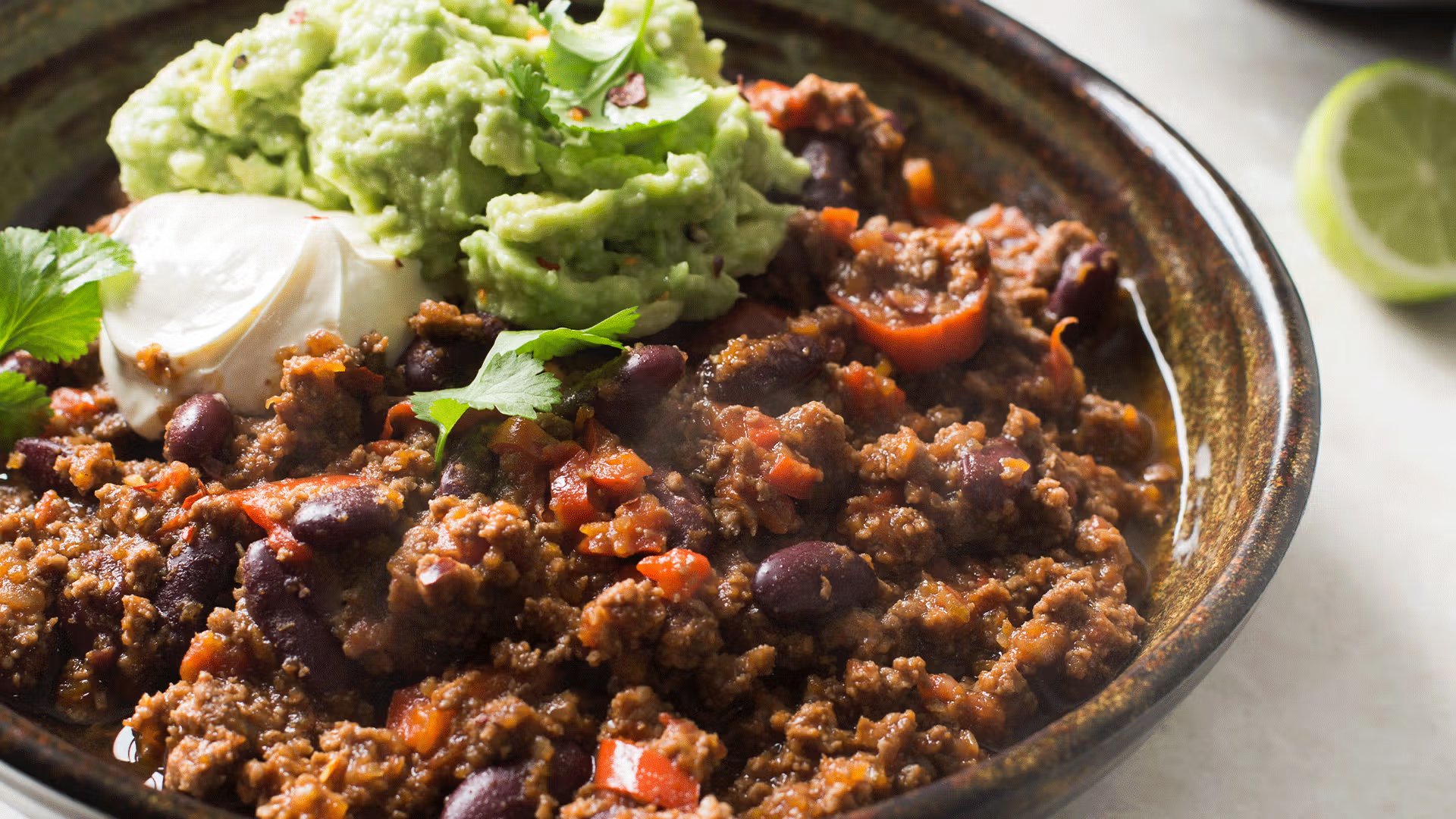Learn
Tips & Tricks Brisket on a Bronco: The ultimate low 'n slow guideBrisket on a Bronco: The ultimate low 'n slow guide

1. Understanding Your Brisket
Before you fire up the bronco, let’s understand the cut. Brisket is a large, flavoursome piece of piece of meat from the cow's chest. It has two main parts: the flat and the point end. The flat is leaner, while the point end has more fat (marbling) and flavour.
2. Prepping the Brisket
- Trimming: Using a sharp boning knife, cut around the edges of the brisket to make the flat end rounded. Continue around to the point end, making it a uniform oval shape, removing any of the very thin edges. You can use the off-cuts in a curry or casserole. Trim the fat cap down to about 5mm all over the top. Remove any hard pieces of fat, as they won’t render down during cooking.
- Seasoning: A simple rub of equal parts salt and black pepper (the classic Texas style) works wonders. You can also experiment with garlic powder, onion powder, or paprika. Apply the rub liberally and evenly over the bottom and sides of the brisket. Leave it for ten minutes to allow the meat to absorb the seasoning before turning it over and applying to the top of the meat. Allow it to come up to room temperature before placing on the barbecue.

3. Setting Up Your Bronco
- Fuel Up: Remove the grill and deflector plate from the barbecue. Use 5-10 lumps of charcoal and 15 or so briquettes for a steady heat. You’ll also need a few chunks of wood (like pohutukawa) for smoke flavour. Use a chimney starter to light your fuel before pouring it into the barbecue. Replace the deflector plate and grill, close the lid and open the vents.
- Temperature: Aim to maintain a cooking temperature of around 225°F (107°C) to 250°F (120°C). Use the Bronco’s vents to control airflow and, thus, the temperature. Keep the top vent open and adjust the bottom vent as needed.

4. Smoking the Brisket
- Place the Brisket: Position the brisket on the grill, fat side up. This allows the fat to render and baste the meat as it cooks.
- Monitoring: Using a meat thermometer, stick the probe in the fattest part of the brisket. Check the temperature of both the smoker and the brisket. Avoid opening the lid too often, as this can cause fluctuations in temperature.
- The Stall: The brisket’s internal temperature will plateau between 145°F to 160°F. This is normal. Resist the urge to increase the heat as this may dry out the meat. This stall can last several hours.

5. Wrapping or boating
- To push through the stall, you can either wait it our or wrap or boat the meat.
- If your brisket is on the leaner side, you’ll want to wrap it in butcher paper or aluminium foil. This locks in moisture and speeds up the cooking process. If you wrap it, continue cooking until the internal temperature reaches around 200°F (93°C) to 205°F (96°C).
- If you have a brisket with good fat marbling, you should opt to boat the brisket. Lay out 4 large sheets of tinfoil, around 1 metre long. Arrange them in a star formation and place the brisket in the middle. Create a ‘boat’ by rolling the edges like a stuffed pizza crust towards the meat. Place it back on the grill. The boat will catch the juices and the brisket will braise.

6. Resting the Brisket
- Once the brisket reaches the desired internal temperature (between 200°F (93°C) to 205°F (96°C), remove it from the smoker. Let it rest for at least an hour to allow the juices to redistribute.
7. Slicing
- Always slice against the grain for tenderness. The flat and point have different grain directions, so pay attention when you get to the point.
Tips for a Perfect Brisket on a Bronco
- Consistency: Maintain a consistent temperature throughout the cooking process.
- Patience: Brisket can take anywhere from 10 to 18 hours, depending on size, marbling, and other factors.
- Probe Tender: The brisket is done when a probe or skewer slides into the meat with little resistance.

Posted by Beef + Lamb New Zealand







